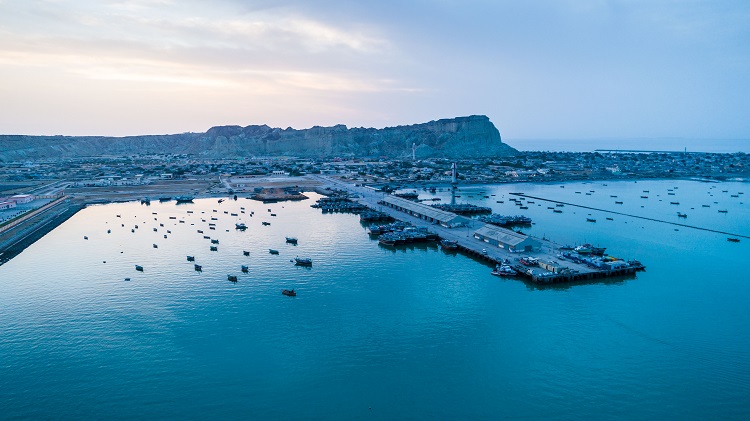GWADAR, Jun.10 – Gwadar Port Authority (GPA) has finalized plan to supply 20 MW to energize Gwadar Port, Gwadar Free Zone South and Gwadar Free Zone North.
Around Rs 727.738 million has been earmarked under Public sector development program (PSDP) in Federal Budget 2023-24 presented by Finance Minister Ishaq Dar on June 09. Quetta Electric Supply Company (QUESCO) has already okayed administrative and structural procedures to make sure power supply to all three entities.
COPHC official told Gwadar Pro that COPHC has hired a consultant for designing of transmission line infrastructure. “As soon as the layout is finalized, electricity network, to be laid down within the premises of Gwadar Port, will be connected to Main Gwadar Grid Station.”
In addition, he said GPA in collaboration with Quesco set in motion two packages of transmission lines. “One package includes around 12 kilometers transmission through Energy corridor (service road) along Eastbay Expressway to outside the boundary of Gwadar Port. Second Package include around 350 meters transmission line from Gwadar Grid Station to Gwadar Free Zone North,” he added.
“It is highly likely that electricity tariff will vary between Rs 35 to Rs 45 for industrial purpose as per normal and peak hours with uninterrupted manner free from outage like 24 hours,” he disclosed.
The move will allow Gwadar Port and Gwadar Free Zones to liberate themselves from expensive electricity being produced by installed 8.5 MW diesel-powered generator. From 2015 to 2023, Gwadar port is using diesel-generator apparatus for electricity purpose on bulky cost that has been taking a heavy toll on financial bill.
GPA official said that 20 MW power supply will promise impetus to tenacious economic activities and acceleration of industrialization in Gwadar, Gwadar Port and Gwadar Free Zones. Gwadar port has continued to struggle to meet high cost of diesel generated electricity since 2015.
Previously, Gwadar Port operator had to come up with a proposal to install a 50 MW Independent Power Producer (IPP)’s plant in collaboration with Chinese power producers.
For long, Chinese companies are overstressed by overpriced power production by 8.5 MW generators in Gwadar Free Zone against the backdrop of non-availability of power supply from government. After petrol prices soared, the cost of electricity shot up, putting extreme burden on corporate finance.
“Gwadar Port used to purchase diesel for generator at a cost of Rs. 20.3 million monthly. Chinese companies in Gwadar Free Zone were charged Rs. 49 per unit accordingly, which was very high. With dollar fluctuation and rising petrol price, the monthly purchase cost has soared to Rs. 40 million currently.,” a COPHC official said.
COPHC official said “we cannot develop until enough electricity is available. At COPHC, we produce electricity by generators which is very expensive.” Chinese investors are keen to shift their industries from China to Pakistan. Areas of investment are very diverse and include but not limited to refinery, assembly, petrochemical, and textile.
Gwadar Port is poised to reshape the economic landscape of Pakistan in addition to opening multiple avenues for foreign direct investment. In this regard, Gwadar holds pivotal importance.

















